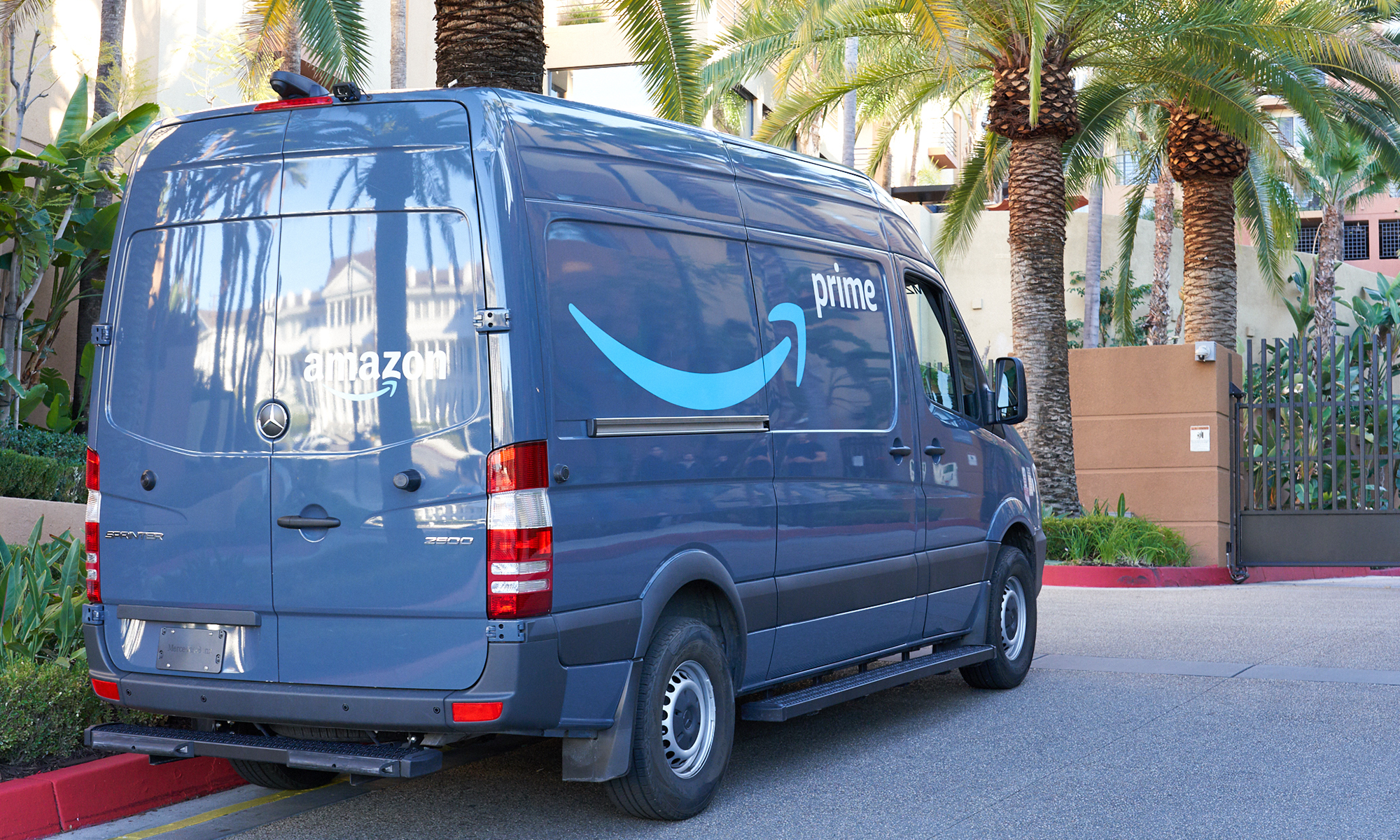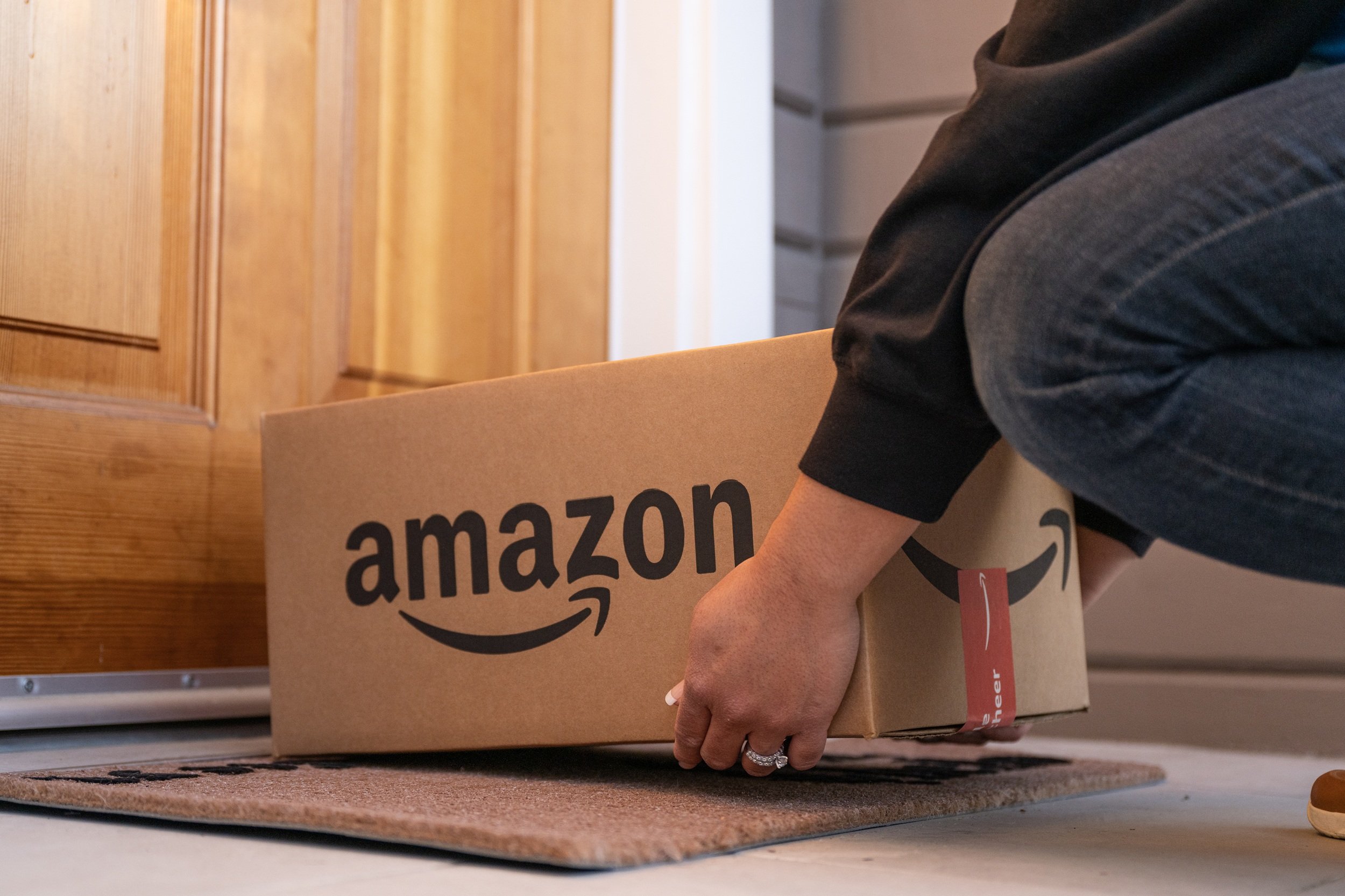When most investors hear the term "growth stock," they probably think of a small disruptor, not $2.3 trillion technology behemoth like Amazon (AMZN 0.65%). But while Amazon is already massive, it still has the potential to create significant shareholder value by integrating generative artificial intelligence (AI) and robotics into its own business model.
Let's dig deeper into the reasons why Amazon stock might be poised to turn a $500 investment into significantly more over the long term.

Image source: Getty Images.
The push toward automation
Amazon is unique because of its ability to offer next-generation technologies to its customers (via Amazon Web Services) while also using technology to optimize its own business model by making its workforce more efficient. This trend may soon be going into hyperdrive. According to documents obtained by the New York Times, some within the e-commerce giant plan to use AI and robotics to automate a whopping 75% of the company's operations over the coming years. This move would naturally involve replacing its current labor-intensive traditional warehouses with more robot-heavy facilities that closely resemble factories.
The company has already made significant strides toward reaching this goal, deploying its millionth robot in June. Robots can carry higher upfront costs than traditional labor. But if executed properly, they can lead to long term efficiency gains because of lower operating costs, higher precision, and no turnover (Amazon loses most of its hourly workers within one year).

NASDAQ: AMZN
Key Data Points
Amazon's decision to pivot to robots (and a smaller number of higher-paid humans) is probably about more than just cutting costs to save money. Perhaps counterintuitively, being a large employer carries enormous political risk -- particularly from unions, which can disrupt its business model and prevent it from closing underperforming locations.
For example, Amazon is currently facing a lawsuit in Quebec, Canada, alleging that it violated local labor laws by closing several factories in the province. Such cases attract negative press attention, brand damage, and could also lead to fines or unfavorable regulatory action, potentially distracting Amazon from its core focus on consumer satisfaction. Investors should see the move toward robotics as a form of de-risking.
Profitability gains could be substantial
In addition to de-risking Amazon's business model, the pivot to automation and robotics is already supercharging the company's bottom line. While second-quarter net sales grew by a relatively modest 13% year over year to $167.7 billion, operating income soared 31% to $19.2 billion as CEO Andy Jassy's efficiency drive continues to bear fruit -- particularly in Amazon's international e-commerce segment, where operating income jumped by an eye-popping 448% year over year.
To be fair, Amazon's second quarter wasn't all positive. Growth in cloud computing has been much more modest, with AWS growing its operating income by just 9% in the period (despite sales growth of 17%).
This AWS weakness is surprising, considering the booming demand for generative AI-related infrastructure. Nevertheless, Amazon's management continues to pour resources into the opportunity with $31.4 billion in capital expenditure in the second quarter alone and $100 billion expected for the whole year. This spending carries some risk because there is an opportunity cost for the capital. And the market will likely punish Amazon's stock if the AI push doesn't pay off as well as expected.
Should you bet $500 on Amazon stock?
Over the long term, Amazon looks like a clear winner as its automation push lowers costs and de-risks its labor-dependent business model. Profitability is already growing, and investors should expect this trend to continue over the long term. With a forward price-to-earnings (P/E) multiple of 28, shares trade at a slight premium to the S&P 500's average of 22, but this looks reasonable considering the strong fundamentals and potential for bottom line expansion.





